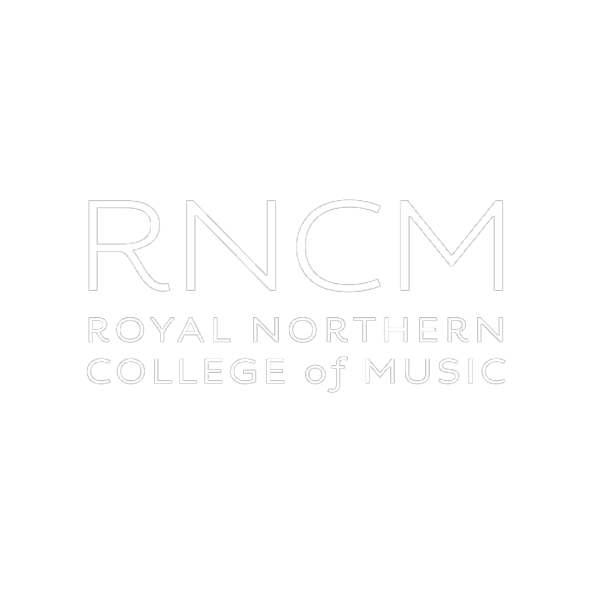My association with the Chaplaincy over the years has led me to locate and acknowledge Chaplaincy as a potential centre for public theology and practice, as it engages faith or no-faith in the academic public spheres of the Universities. Inter-connectivity, receptivity, hospitality and inclusivity are some of the key ministerial engagements in the ministry of Chaplaincy, for it provides a safe space environment for people of all walks of life, and specially the higher education communities.
I believe Chaplaincy offers that liminal space, connecting students, of all faiths and none, connecting students and communities, connecting faith and academy, connecting students and local churches etc. offering intersectionality as a driving force, celebrating diversity and multiculturalism.
My experience stands as a testimony for as an international student, when I first moved into this country with my young family, it was this our Chaplaincy that received us, welcomed us, included us and sustained us, and made it ‘a home away from home,’ for which we are ever grateful to our St. Peter’s House Chaplaincy.
The mission of Chaplaincy finds its fecundity in articulating its ministerial engagements in an amphibious language, connecting the Word to the World or to be more precise rearticulating the Word to the World. The contextual and theological locale of a Chaplaincy provides that ecology of ‘a church outside of a church,’ for indeed church happens mostly outside of the church. The future of Chaplaincy is in its living this public theological vision and mission of being and becoming a voice/space of public theology, relevant for the 21st century.
Rev. Rajbharat Patta,
Honorary Chaplain
13th June 2017








